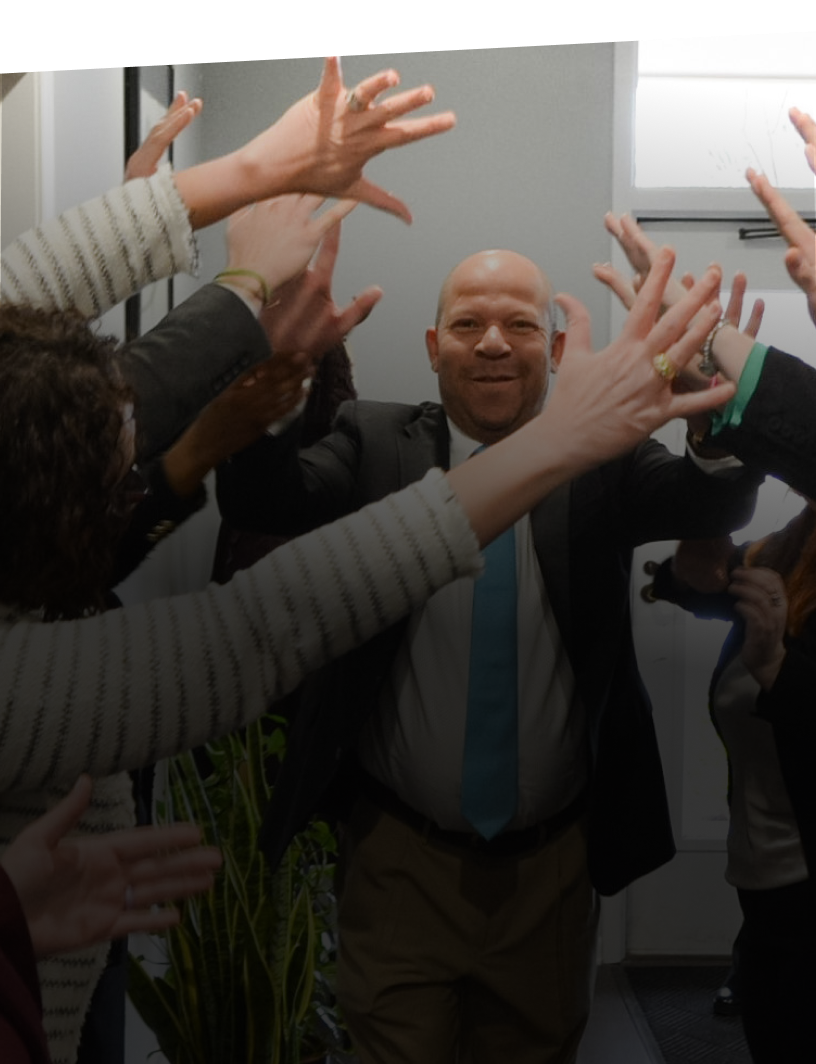
Clergy abuse can be prevalent in many different religions. It often leaves survivors feeling isolated, confused, and ashamed. Conversations about the prevalence of clergy abuse in different religions have increased in recent years, but these patterns have existed for centuries.
If you are trying to better understand how these patterns emerge, a Lansing clergy sexual abuse lawyer would likely describe grooming, secrecy, and unchecked authority as common threads across many religious groups.
What Contributes to the Prevalence of Clergy Abuse in Different Religions?
Clergy abuse does not happen in a vacuum. Certain patterns and institutional habits create an environment where abuse is more likely to occur, and where it may continue without consequences. The prevalence of clergy abuse in different religions often stems from how authority is structured and how accountability is handled.
Institutional Secrecy and Lack of Accountability
In many religious communities, protecting the institution’s reputation is seen as more important than protecting the individuals within it. When reports of abuse are hidden or ignored to avoid scandal, a cycle forms where harm can continue unchecked.
In some cases, victims are discouraged from coming forward or are pressured to stay silent. Without clear reporting systems or external investigations, the harm remains unaddressed, and the individuals responsible are rarely held accountable. A lack of transparency sends a message that reputation matters more than safety, which allows abuse to persist.
Hierarchical Power Structures and Abuse of Authority
In some religious settings, spiritual leaders hold a level of authority viewed as untouchable. When a single person or small group has total control over decisions, messages, and conduct, it becomes easier to misuse that power. Survivors often describe feeling powerless to speak up because they feared spiritual consequences or were conditioned to trust without question.
Abuse is more likely to occur when leaders are not questioned and there is no system in place for oversight or ethical review. Power without checks and balances can be dangerous in any environment, but it becomes especially harmful in spaces built on trust and faith.
If you or someone you know
endured clergy sex abuse,
contact White Law PLLC today.
The Prevalence of Clergy Abuse in Different Religions
Public awareness around clergy abuse grew significantly in the late 1980s and early 2000s, when survivor-led groups began sharing their stories more widely. The prevalence of clergy abuse in different religions is now better understood, but these patterns had existed for generations before they came to light.
While no religion is immune, the way each community handles abuse reports can vary. Some groups may have more robust systems in place, while others rely heavily on internal resolution or silence.
These differences often determine whether victims are believed, supported, or ignored. When a survivor steps forward, how the institution responds usually makes the difference between healing and further harm.
Catholic, Protestant, and Independent Religious Institutions
The Roman Catholic Church has received the most public scrutiny regarding clergy abuse, due in large part to the number of victims and the extent of the cover-ups. According to reporting (US bankruptcy court approves $121M clergy abuse settlement) from the National Catholic Reporter (NCR), the Church has paid more than $3 billion in settlements to abuse survivors.
Abuse has also been reported across Protestant denominations and within independent churches. In some cases, the lack of centralized leadership in smaller or non-affiliated churches makes establishing accountability more challenging. The problem is not confined to one system but is often shaped by how power and secrecy are handled internally.
Abuse in Jewish, Buddhist, Hindu, and Other Faith Communities
Other religious communities have also seen clergy abuse cases, though many have received less public attention. Cultural stigma, religious taboos, and fear of ostracism can all contribute to underreporting. Abuse in these settings may be handled internally or dismissed entirely.
The impact of abuse is not limited by how prevalent clergy abuse is in different religions. Whether the setting is a temple, synagogue, meditation center, or private home, the trauma is real and lasting. Your Lansing personal injury lawyer may be familiar with how different traditions and practices affect the reporting and legal process, especially in communities that are less likely to work with investigators.
You can contact our clergy sex abuse
lawyers today and rest easier with
experienced attorneys tackling your case.
Institutional Responses and Preventive Measures
When abuse happens in a religious setting, how the institution responds can shape what happens next. Prevention depends on clear policies, a willingness to listen, and systems that support victims instead of silencing them. The proper procedures not only make it easier to report abuse but also help rebuild trust in communities that have been deeply affected.
Transparent Reporting and Victim Support
Victims are more likely to come forward when they believe they will be treated with respect and taken seriously. Institutions that have clear, accessible reporting procedures show they care about the people in their community, not just the organization’s image.
Survivors who know there is a path forward are less likely to remain silent, especially if they see others being heard and supported. Creating safe spaces to report abuse is the first step, but follow-up matters just as much.
Victims need reassurance that someone will review their report, investigate it thoroughly, and take appropriate action. Transparent policies help prevent confusion and reinforce trust. When institutions commit to openness and victim-centered support, they help prevent future abuse and begin to restore what was broken.
Accountability and Deterrence Through Policy
Holding perpetrators accountable sends a clear message that abuse will not be tolerated. Institutions that take real disciplinary action and involve outside investigators when necessary demonstrate their seriousness in protecting their community.
Written policies should spell out what happens when abuse is reported and who is responsible for taking action. Preventing future harm means learning from past failures.
In some cases, it may be beneficial to work with a Lansing civil litigation lawyer to review what went wrong and identify necessary changes. When institutions take these steps seriously, they make their communities safer and show their members that everyone deserves protection and respect.
Call Your Clergy Abuse Attorney in Lansing Today
The stories you have read above reflect the prevalence of clergy abuse in different religions, but your voice and experience deserve to be heard on their own terms.
If you have questions about your legal rights or want to learn more about how these cases work, the clergy abuse lawyers in Lansing from White Law PLLC are here to listen and help. We have more than 20 years of combined experience, and we’re ready to put that to work for you.
You can contact us for a confidential consultation to learn about the steps that may be available to you.
You have the right to reach out to
a clergy sex abuse attorney and
discuss your right to legal action.

